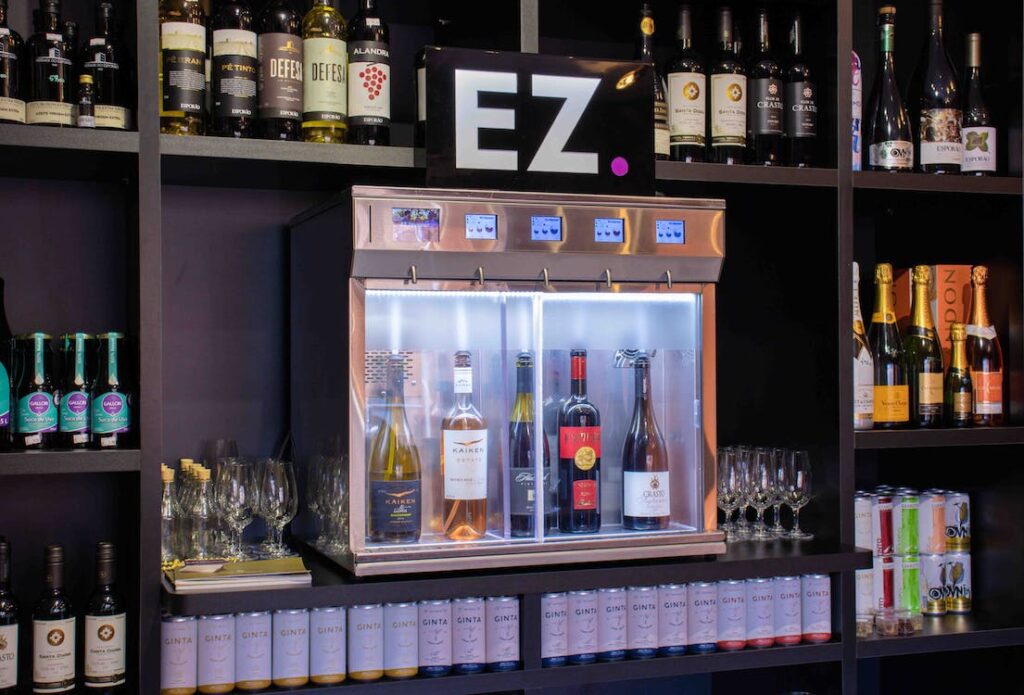In the ancient world, food preservation was a continuous struggle. Different civilisations developed diverse methods, from using underground cellars to salting and drying. However, it wasn’t until the inception of modern cooling technology that we truly revolutionised the way we store perishables. This transformation not only allowed businesses to thrive, but it also brought about significant changes in our daily lives.

A Cool Journey Through Time
Ancient Egyptians were among the first to use evaporative cooling. They’d hang wet mats over their doorways, allowing the breeze to evaporate the moisture and cool the air as it passed through. While this method was basic, it was effective in the dry desert climate.
Fast forward to the 18th and 19th centuries, when the first real strides in mechanical refrigeration began. Scientists and inventors were actively seeking solutions to the age-old problem of preserving food. While these initial machines were bulky and not very efficient, they paved the way for the advanced technology we have today.
From Ice Harvesting to Electric Marvels
Before the invention of the refrigerator, ice harvesting was a significant industry, especially in colder regions. Large blocks of ice were harvested during winter, stored in icehouses, and used throughout the warmer months. However, as technology advanced, these manual methods became obsolete.
The early 20th century saw the widespread adoption of the electric refrigerator. Initially a luxury item, it quickly became a staple in households around the world. From there, the design and efficiency of fridges continued to evolve, eventually branching out to specialised types, like commercial fridges in Sydney and other parts of the world, which catered to the unique needs of businesses.
The Modern Day and Sustainability
Today, cooling technology is about more than just preservation; it’s about sustainability. Modern refrigerators are designed to be energy-efficient, reducing electricity consumption and, by extension, carbon emissions. With the pressing issue of climate change, it’s more important than ever to ensure that our appliances are eco-friendly.
Yet, the journey doesn’t stop there. Scientists are constantly researching and developing new methods to improve the efficiency and longevity of refrigeration. For example, the use of magnetic refrigeration, a technique that employs magnets instead of gas to cool, holds promise for a more sustainable future.
In Conclusion
From humble beginnings with wet mats in Egypt to the state-of-the-art magnetic refrigeration techniques, the journey of cooling technology is a testament to human innovation. And as we continue to push the boundaries, who knows what remarkable advances the future might hold?
Whether you’re exploring the rich history of food preservation or delving into the intricate world of modern refrigeration, it’s evident that this technology has made a lasting impact on our society. With new developments on the horizon, we can look forward to even more groundbreaking discoveries in the world of cooling.
